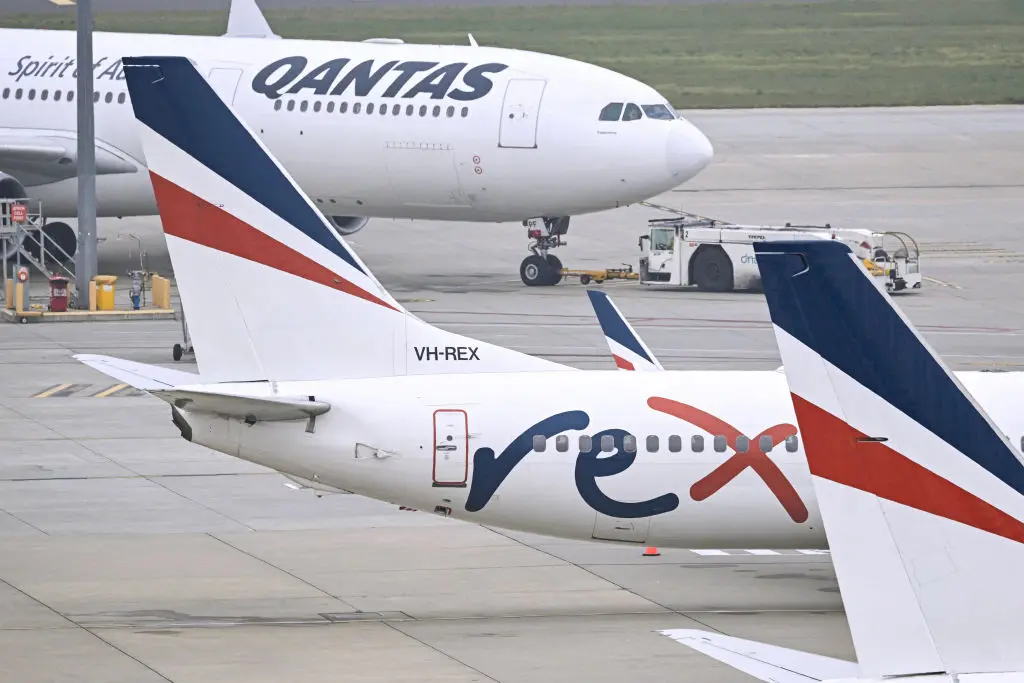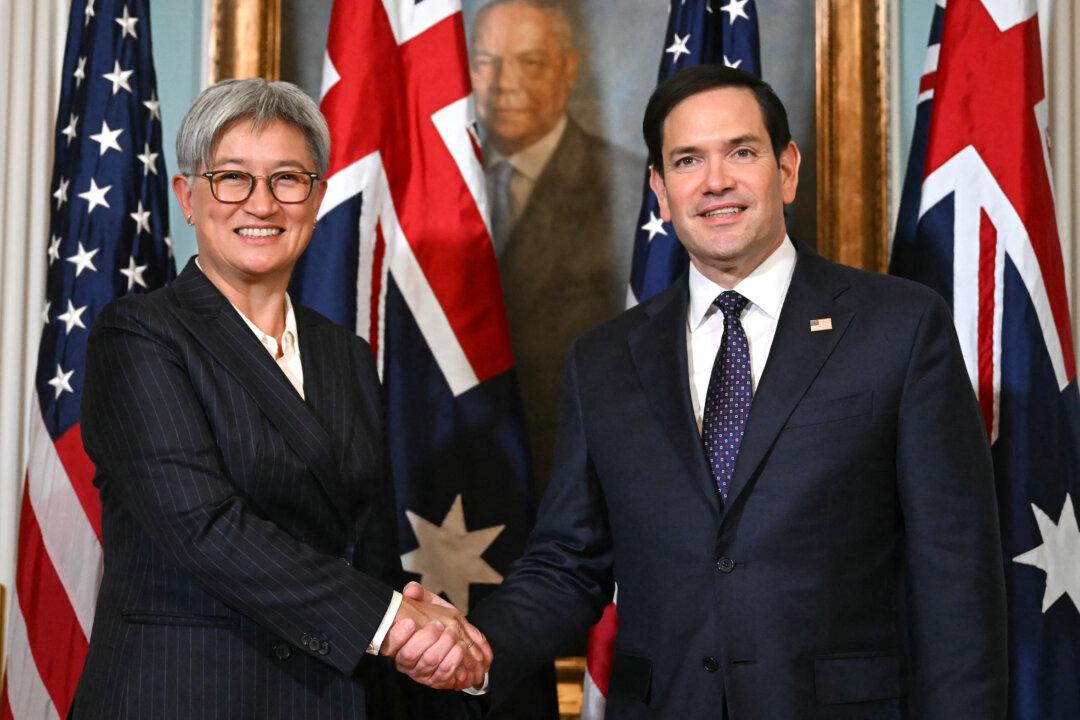The Albanese Labor government will acquire $50 million (US$35 million) worth of debt from Rex Airline’s largest creditor PAGAC Regulus Holdings Limited (PAG).
The struggling regional carrier Rex entered voluntary administration in July 2024, with over $500 million in debt—spurring concerns about the future of regional travel in Australia.
The airline’s administration period was extended to June 30, 2025 by the Federal Court, providing administrators Ernst and Young (EY) with more time to come up with a solution.
In a joint statement on Jan. 23, Labor’s Finance Minister Katy Gallagher and Infrastructure Minister Catherine King said taking on the debt would give the government greater say over the airline’s future.
“This makes clear the government’s ongoing commitment to maintaining access to aviation services for regional and remote communities, and recognises the critical role of the Rex network to local economies,” Minister Gallagher and King explained.
Before entering voluntary administration, Rex decided to begin selling flights in Australia’s “golden triangle” between Sydney, Melbourne, and Brisbane—some of the world’s busiest domestic air routes.
However, the ability for a new airline to turn a profit is limited by the number of available flights—or slots—in and out of Sydney’s Kingsford Smith, Australia’s busiest airport. This limitation of “slots” has been blamed for impeding new entrants for decades.
Rex was previously listed on the Australian Stock Exchange (ASX), before ceasing trading to coincide with its voluntary administration.

$80 Million Lifeline Already Offered
The Albanese government previously propped up Rex with a $80 million lifeline to help keep essential routes operating, while also providing former employees with early access to the Fair Entitlements guarantee.“To date, the Employment and Workplace Relations Department has received 306 claims and processed 302 claims from former Rex (RAL) employees, with over $7.1 million already provided to Rex staff through FEG,” the government said.
“These actions preserve important economic, medical and freight services, supporting regional livability and regional economies.”







